By Daniel Dunaief
In the post COVID-19 world, the pace of science and, in particular, scientific publishing has changed, giving researchers a sense of urgency to share information that might lead to preventions, treatments and cures.
Cold Spring Harbor Laboratory has produced two preprint research services, bioRxiv and MedRxiv, that complement the longer peer-reviewed path to publication.
After numerous scientists restructured their labs to contribute to the growing body of knowledge and information about COVID-19, these researchers turned to preprint services to share the results of their work and the evolution of their thoughts on how to defeat the virus.
“It’s absolutely unprecedented for scientists to drop what they are doing and switch their focus to something completely new to aid society and mankind in general,” said John Inglis, the co-founder of bioRxiv and one of the members of joint management group for medRxiv.
MedRxiv, which started in June of 2019, helped provide the scientific community with an outlet for their health science research, with the caveat that the results haven’t received a thorough peer review, as they might in the New England Journal of Medicine, Cell, or other periodicals.
The number of preprint research papers has climbed dramatically this year, as scientists race to get their results from the bench to the server. The number of papers in bioRxiv increased to 88,268 in June from 71,458 in January. The increase at the newer medRxiv is much more dramatic, climbing from 953 in January to 7,541 in June.
The number of pandemic related papers on medRxiv and bioRxiv in total is 6,458, with 5,133 on medRxiv and 1,325 on bioRxiv.
Pandemic-related papers account for close to 70 percent of the new research published on medRxiv since January 1st, while the percentage of virus-related papers on bioRxiv is 6.2%, in large part because bioRxiv includes numerous other subject areas, including ecology, bioinformatics, plant biology and zoology.
The world has taken notice of all these papers, with page views peaking in April for medRxiv to almost 11 million for the month.
While the papers aren’t peer reviewed, the managers of these sites urge readers to remain cautious in their interpretation and use of these findings, while the scientific community continues to duplicate any encouraging or compelling results.
“We remind people all the time that these are preprints,” Inglis said, as the site has numerous reminders about the early nature of the findings. “They are preliminary reports and should not guide clinical practice or be reported as established information. That’s a battle we’re still fighting.”
The peer review process has also picked up some speed, as journals, inundated with potential game-changing material, have been accelerating the process of reading and reviewing papers. The median time between posting an article on bioRxiv and publication in a journal before the pandemic was nine months. Some papers in medRxiv have been published in journal in as few as 35 days.
For medRxiv, the screening process requires an ethics statement, a funding statement, and any potential conflicts of interest. These requirements are “all far more familiar in medical publishing than in scientific publishing,” said Inglis.
At bioRxiv, which recently introduced a competing interest statement as well for authors, freelancers and a group of Principal Investigators look at everything before it posts, to make sure it’s science and that it’s not dangerous. The screeners turn the manuscripts back to the team if they have any concerns.
“We felt, early in the pandemic, that it was necessary to make sure we have people with expertise in outbreak science,” Inglis explained. “We brought on volunteers.”
According to Inglis, the percentage of manuscripts that scientists submit, but that bioRxiv doesn’t publish, is between 5 and 10 percent, while that figure is closer to 20 to 25 percent for medRxiv.
Inglis said numerous scientists have done some modeling based on public data, but that the preprints don’t accept those papers unless they contain additional research.
The preprint management team was “worried about the indiscriminate use of these models to guide public policy,” he said.
Additionally, the team excluded manuscripts that might be dangerous to human health or human-health related behavior. They didn’t want people to rush out and take something that, theoretically, might help, but that hasn’t received sufficient testing. A treatment might block a receptor, but also have significant side effects.
Inglis said the team of people who work at the preprints, which includes five full-time preprint-platform dedicated staff members and seven other CSHL staff with other responsibilities, including the founders, tech developers and production staff, worked seven days a week, with long working days to meet the increased need and demand.
People working on this effort “are not doing it because they are getting rich or handsomely acknowledged.” An arduous job with thousands of papers, the staff are working out of a “sense of purpose and mission,” Inglis explained.
The Chan Zuckerberg Initiative and CSHL provide financial support for these preprints. The research community has shared their appreciation for these preprints and CSHL generously acknowledges the work of the staff.
Inglis and Richard Sever co-founded bioRxiv. MedRxiv is managed by Sever and Inglis in collaboration with Professors Harlan Krumholz and Joe Ross from Yale and Dr. Theo Bloom and Claire Rawlinson from BMJ, which was originally called the British Medical Journal.
Inglis said numerous papers have become game-changers in the battle against the virus, including a study from two weeks ago in the United Kingdom on dexamethasone, a steroid that was proven effective in severe cases of COVID-19. Indeed, just recently, a Bethesda hospital became the first in the nation to use the steroid to combat the virus.
The team working in preprints at CSHL appreciates the opportunity to contribute to the public health crisis.
Inglis is pleased with how the community trusted the preprints with their work, while numerous members of the community helped screen manuscripts and provide advice about how to react to the needs of the pandemic.




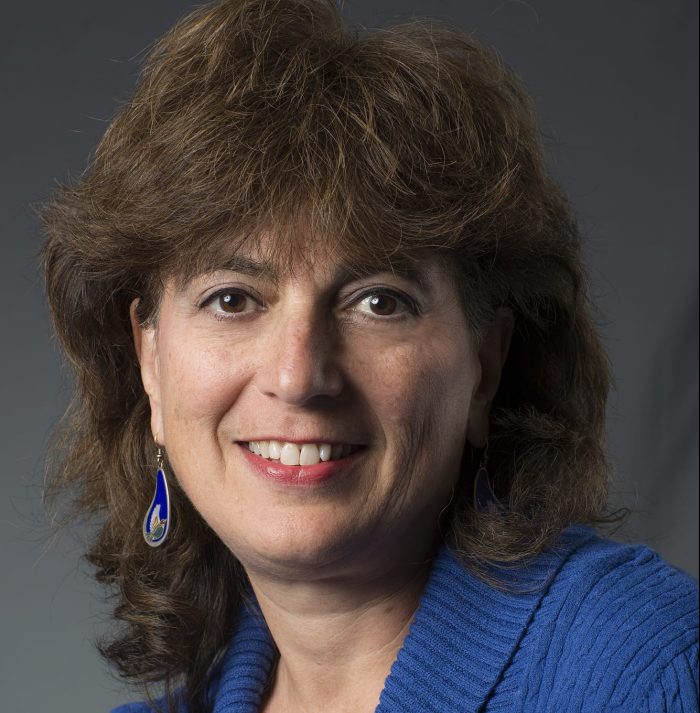
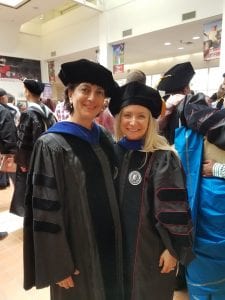
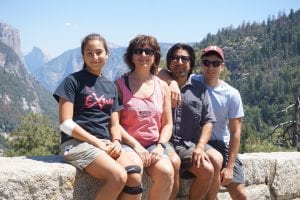
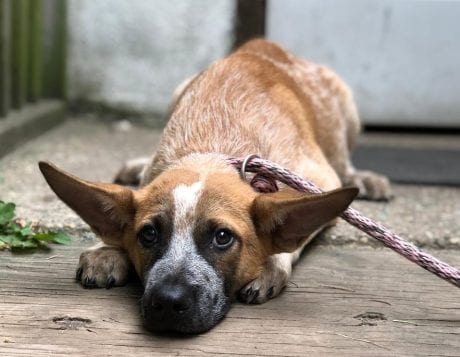









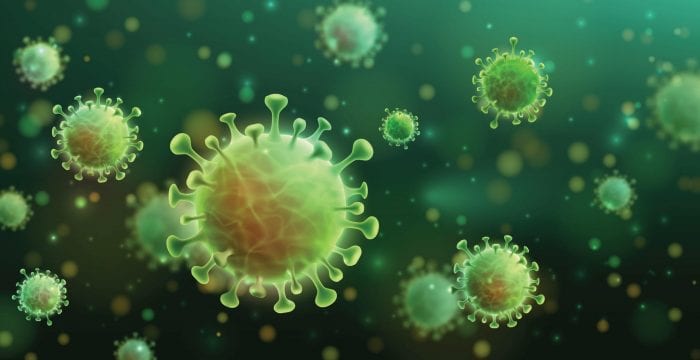
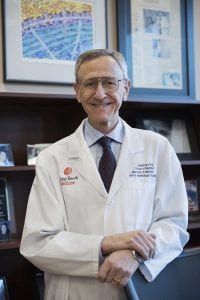
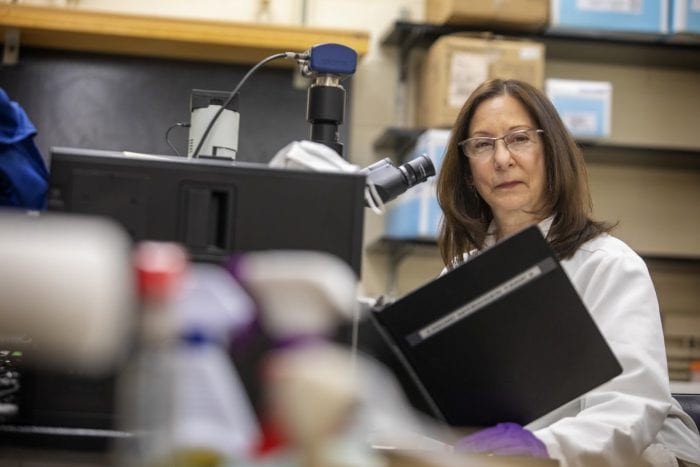


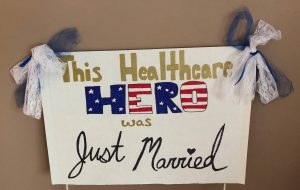
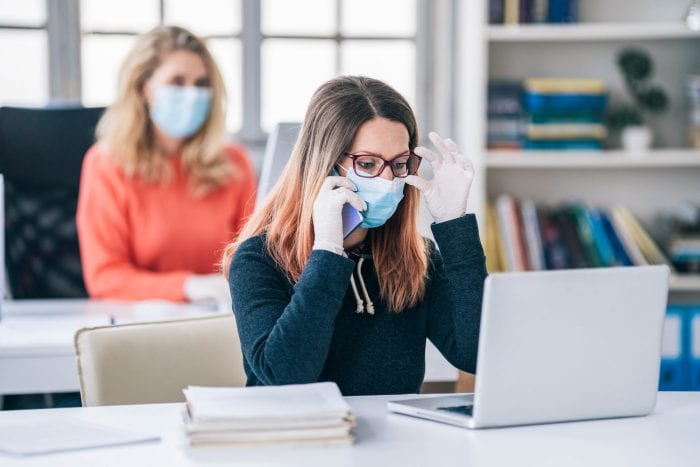
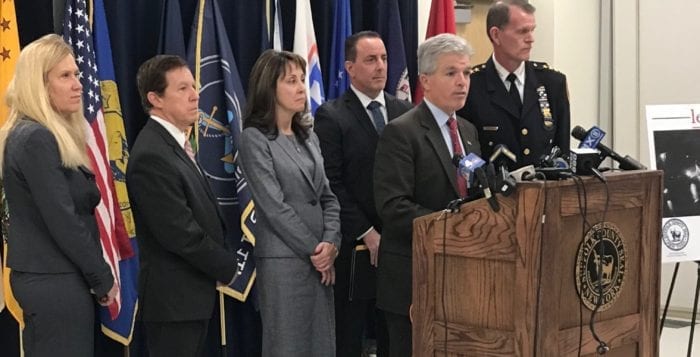

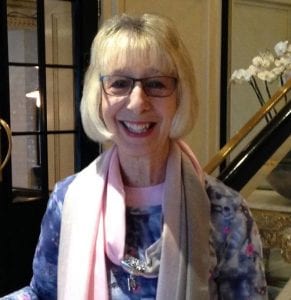


 Night in the Museum
Night in the Museum The whale shark swings / Both to and fro,
The whale shark swings / Both to and fro, The Plan
The Plan


